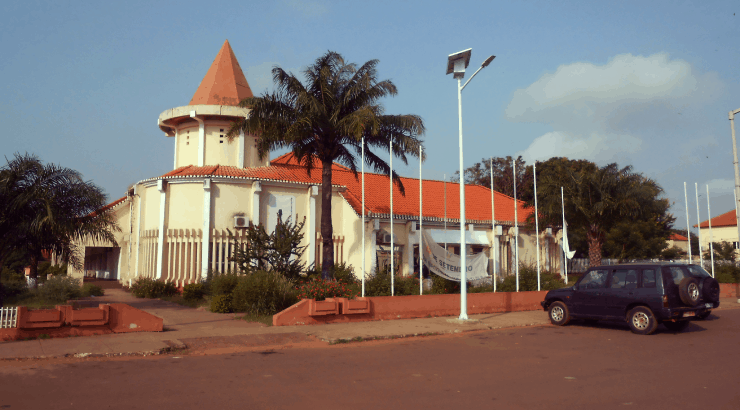

National Ethnographic Museum Guinea-Bissau
National Ethnographic Museum Guinea-Bissau: A Chronicle of Cultural Heritage
The National Ethnographic Museum Guinea-Bissau, situated in Bissau, serves as a testament to the rich cultural heritage of the nation. It is one of the two major museums in the country and boasts a library of 14,000 volumes as of 1998. Housed in a building of Portuguese colonial architecture, the museum was constructed in 1948 at the then Plaza do Imperio, presently known as the National Heroes Square, adjacent to the Presidential Palace. After a period of closure, the museum reopened its doors to the public on September 15, 2017.
The Birth and Evolution of the Museum
The Museum of African Modern Art began its artifact collection journey between 1985 and 1986, and officially opened on May 31, 1988. The facility, located in the Ajuda neighborhood, housed the National Archives and displayed about a hundred pieces from the ethnographic collection and national archives of the Portuguese Guinea Studies Center, active between 1946 and 1975.
Unfortunately, the museum faced significant challenges during the 1998-1999 civil war when the Senegalese Armed Forces used it as a base. As a result, the ethnographic collection and national archives suffered irreparable damage. Many artifacts and documents were lost, including a crucial photographic collection documenting the museum's early years of activity between 1996 and 1990.
A Phoenix Rises from the Ashes
The reopening of the Museum of African Modern Art on September 15, 2017, marked a significant milestone. An exhibition titled "The National Ethnographic Museum of Bissau: 30 Years of History" showcased the diligent work carried out over the preceding four years by the museum's director, Albano Mendes, anthropologist Ramon Sarró, and museologist/curator Ana Temudo. This work included the digitization of an old set of approximately 400 contact proofs, preserved over 30 years in Bissau, which helped reconstruct the history of the museum and its collection.
Despite the irretrievable loss of negatives and printed photographs, the contact proofs offered glimpses into the museum's origins in the late 1980s. The digitized images were displayed alongside some artifacts that the museum conservators managed to salvage from the destruction of 1999. These recovered images exhibit the artistry of coastal dwellers, blacksmiths, weavers, and potters, as well as rituals and ceremonies of different ethnic groups. Also on display are the initial records of the museum and its activities.
Location
Contact Information
Contact Listings Owner Form
National Ethnographic Museum Guinea-Bissau 0 reviews
Write Your ReviewThere are no reviews yet.

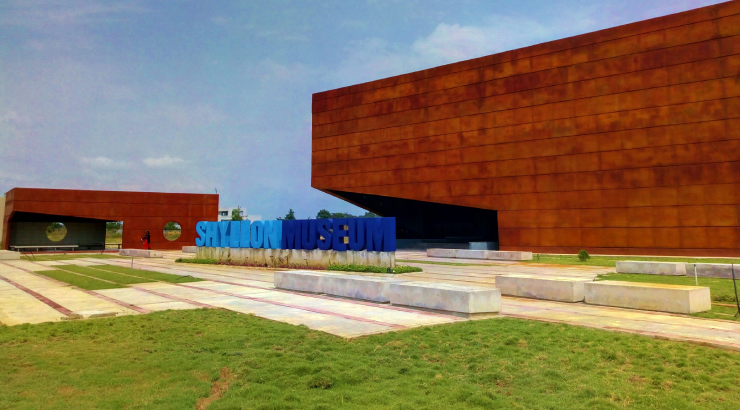

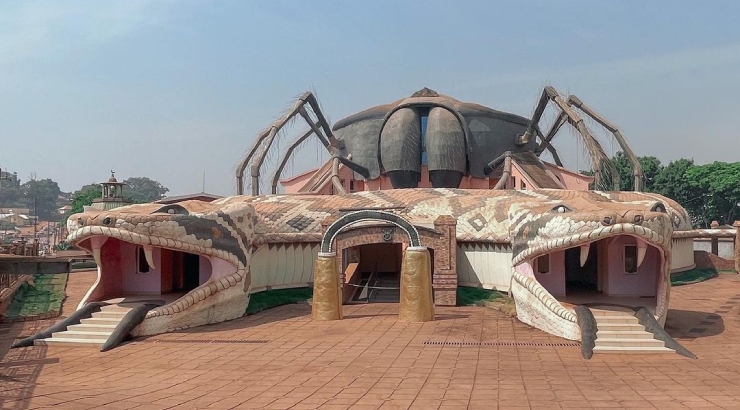
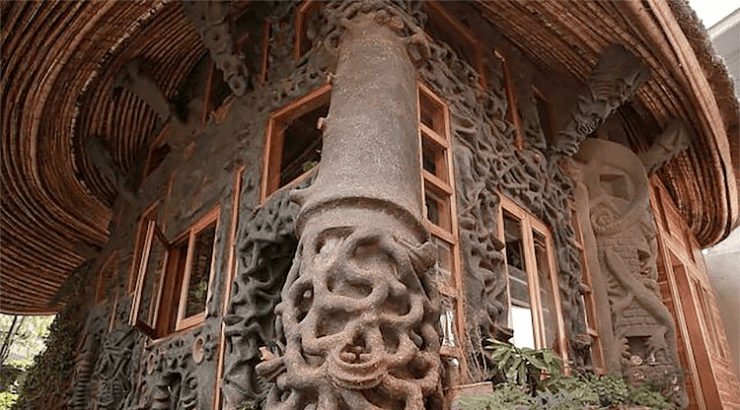

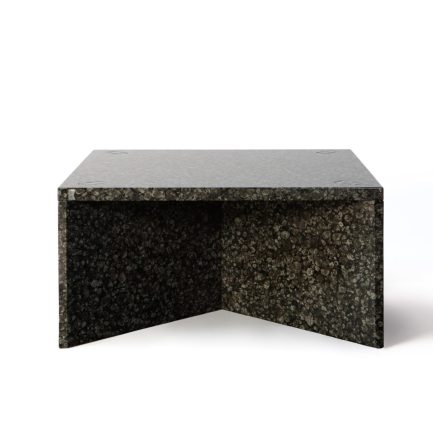


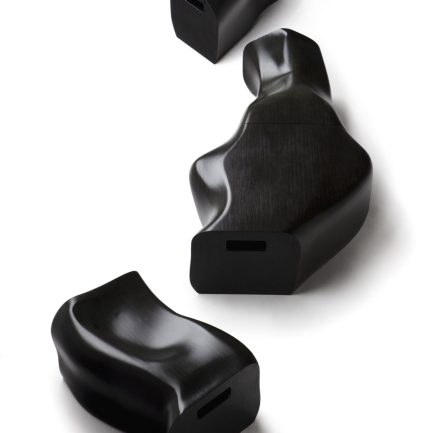
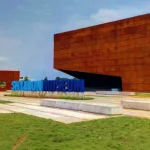
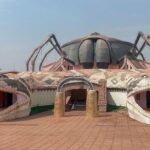
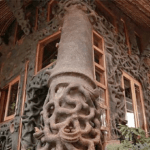

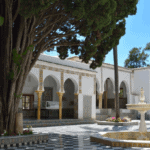
 No products in the basket.
No products in the basket.